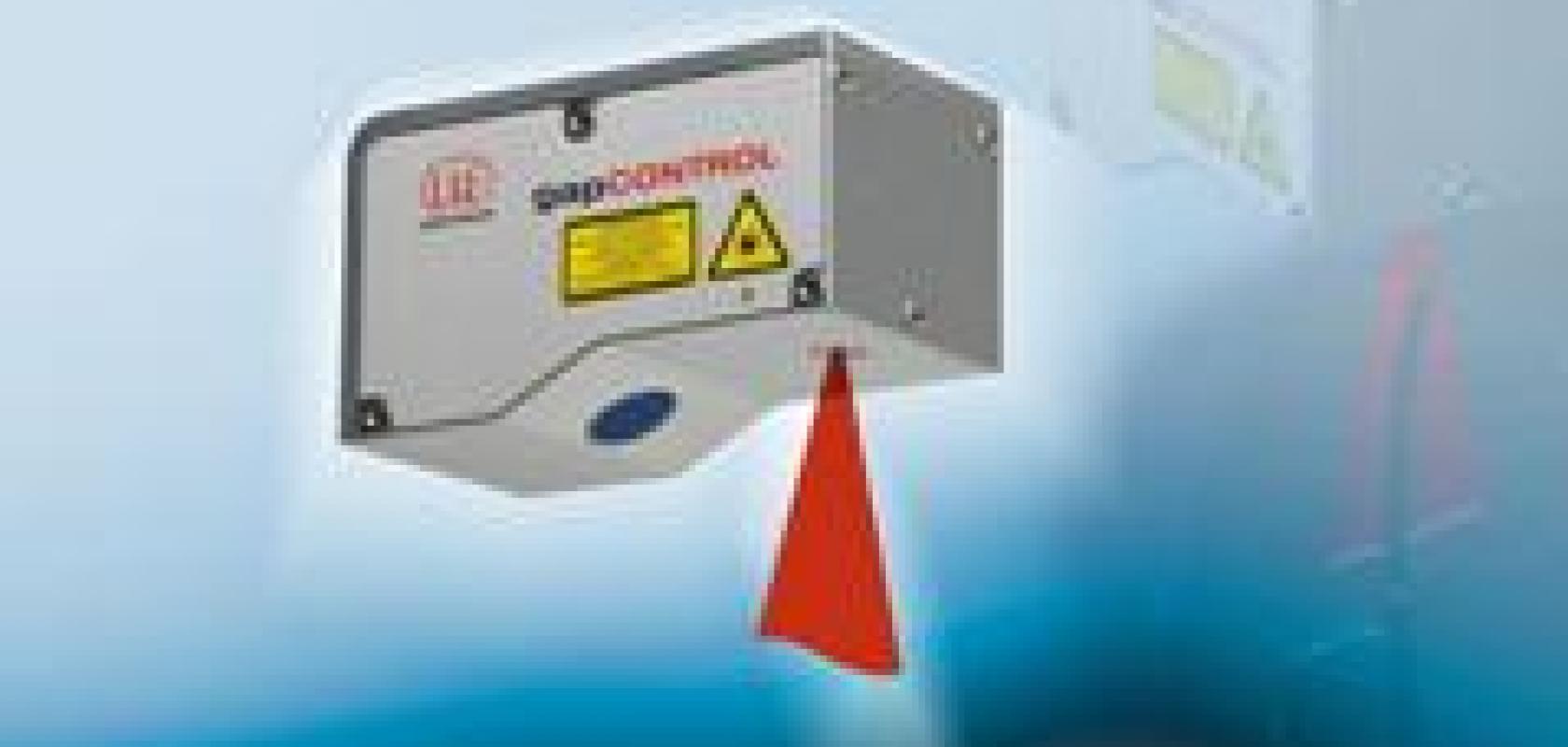Micro-Epsilon has launched a non-contact laser profile scanner designed specifically for the measurement of gaps and edges. The GapControl 2711 laser profile scanner incorporates the same hardware and software interfaces as the company’s existing ScanControl 2710 and 2810 laser profile sensors, but provides specific application software for gap measurement. This means that users can set up and configure the scanner quickly and easily without requiring any specific knowledge or programming skills.
Typical applications for GapControl are automatic (robot) welding machines, pipeline welding, measuring flushness, proximity, gap width and depth, height differences, centre position, angle, collision avoidance and overlapping edges. The sensor is suitable for a number of different quality assurance applications in the automotive industry.
GapControl records, measures and evaluates gaps on a variety of different target surfaces. Measuring gaps can be a very complex task, with different industries using different definitions of the optical gap and how this should be measured and evaluated. With GapControl’s setup software, the user is guided through sensor set up and configuration very quickly for each gap measurement task.
First, the user selects the basic type of gap to be measured (or gap mode) from a list of common gap types. This pre-selection specifies a start configuration for the chosen gap type. With basic gap types such as ‘edgeless gaps’, no additional configuration of the sensor is required. For more complex gap types, the sensor’s setup software provides predefined, application-specific configuration options, which speed up configuration and allow the user to start collecting measurement results as quickly as possible. Even for dynamic processes, GapControl offers ‘tracking’ functionality, which can be used, for example, to follow the centre position in a seam welding process.
There are three different models in the GapControl 2711 range. These measure different gap types up to 300mm deep by 50mm wide. The sensor’s standard outputs are Ethernet or RS422, although other output types are available via the output unit that enables connectivity to be extended in a modular way.


